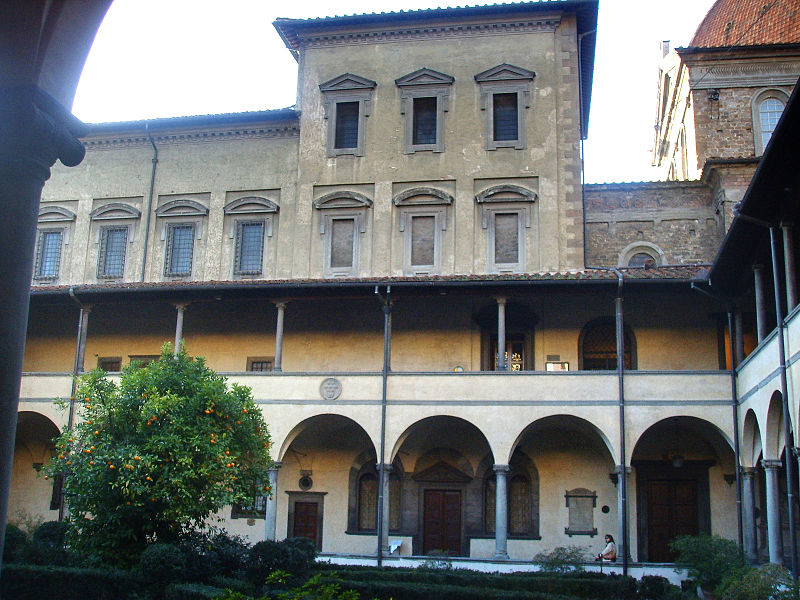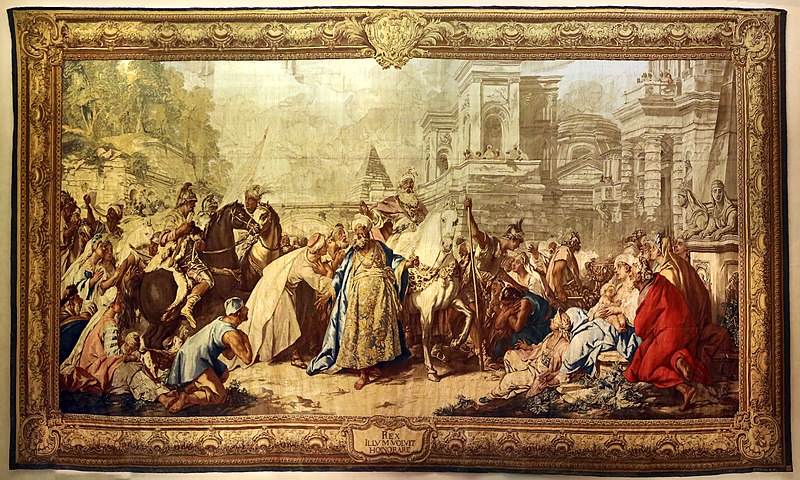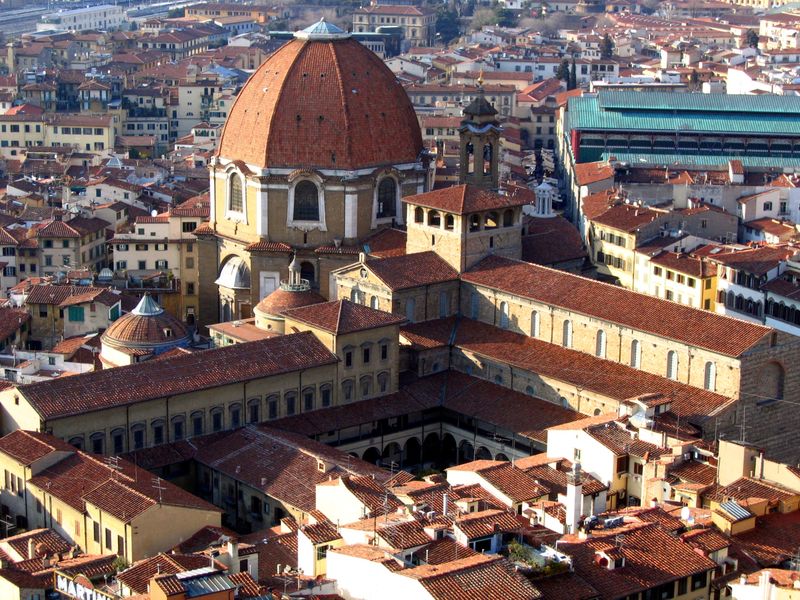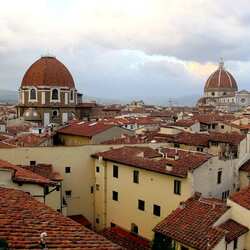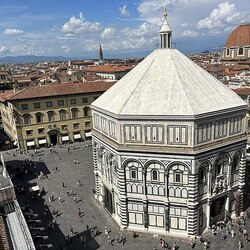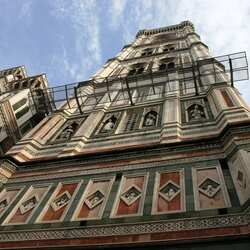Laurenzian Library
The Laurentian Library, Florence's oldest library, is named after Lorenzo de' Medici I and was built by the great Michelangelo. Today, this place is the state library, although tourists are more attracted here by the unusual history of this building and the amazing architecture.
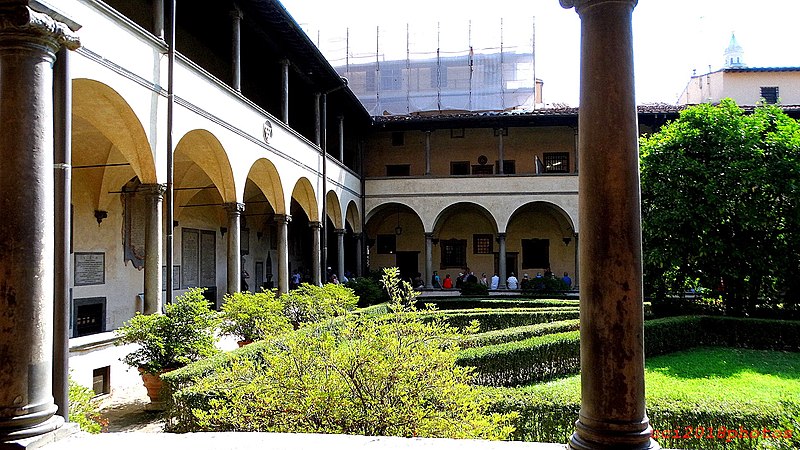
The history of the Laurentian Library
It all started in 1437, when one of Cosimo de' Medici's friends died. According to his will, the library of the deceased was transferred to the Medici family, who themselves had been collecting ancient manuscripts for a long time. So in 1444, there was not enough space in the luxurious mansion to accommodate all the folios, and the Medici partially transferred the books to the monastery of San Marco. It should be noted that this noble family ruled Florence for a long time and was considered one of the most influential and wealthy families of the XIV-XVII centuries.
50 years later, there was a sharp change of power in the city, as a result of which the Medici were forced to urgently leave Florence. They were able to restore the former status of the rulers of the city and the whole of Tuscany only in 1512, along the way regaining all their property and a couple of territories of particularly zealous conspirators and instructing Michelangelo to build a separate building to house the book collection. At that time, the great architect, artist, and sculptor was working on the construction of the tomb of the family, but he could not refuse the new offer.
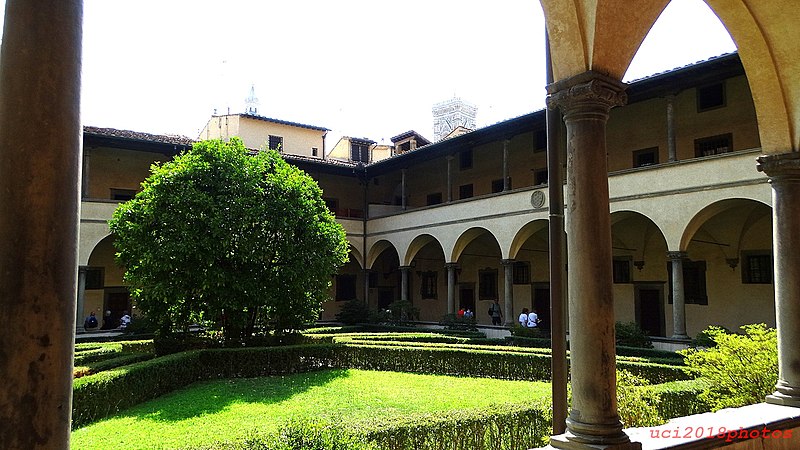
A few years later, a lobby, a reading room and a room for storing manuscripts were erected. The entire construction was completed in 1571. Michelangelo himself did not live to see the opening of the Laurentian Library, so the completion of construction work fell on the shoulders of other architects. However, this did not interfere with the external appearance and inner chambers.: Michelangelo managed to draw up detailed plans for each room of this charming storehouse of books.
What to see?
The building itself is a fine example of the late Renaissance, but the main wonders of the architectural masterpiece are located inside. The most notable element of the library was the charming lobby: a tall room made of gray stone with double columns. The main charm of the entrance area of the Laurentian Library is given by the magnificent marble staircase, spilling out with ornine steps. The master managed to embody the amazing optical effect of stone footstools flowing out of the doors of the reading room and make unusual steps resembling turbulent volcanic lava flows spreading in three streams. After such a dynamic staircase rising steeply towards a walking person, the reading room appears to be a calm and protected area, hospitably providing capital carved music stands and cozy tables. The huge hall is decorated with charming carvings with the figure of a unicorn, chosen by the founder of the library, Cosimo de' Medici.
The Laurentian Library is the only Michelangelo creation where the architect abandoned the use of his usual sculptural compositions, creating an unusual design using architectural forms only.
To date, the Laurentian vaults contain more than 150,000 books, more than 10,000 ancient manuscripts and several thousand papyri from Ancient Egypt.
